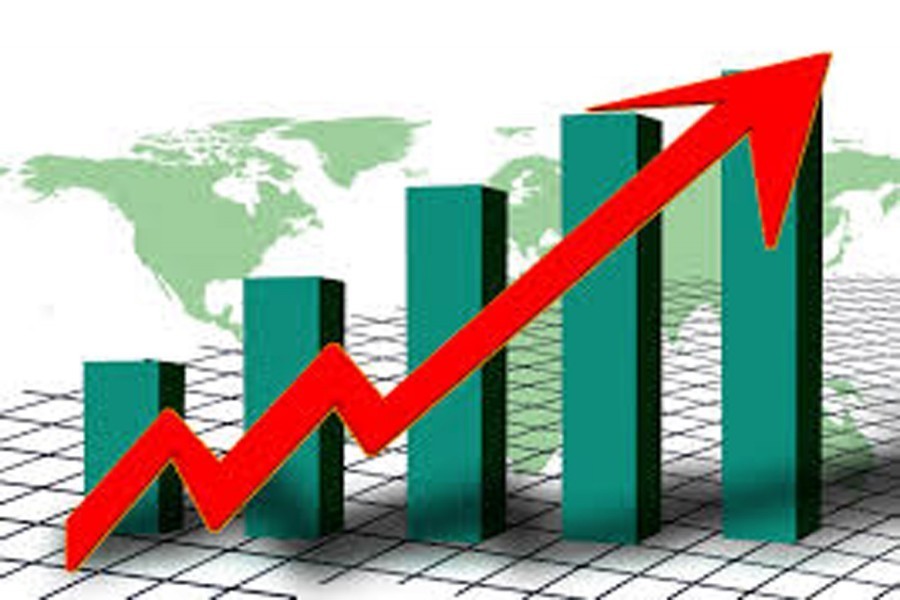European Central Bank faces pressure from record inflation
The head of the European Central Bank could drop more hints Thursday about when the bank will start raising interest rates, with pressure increasing to follow the United States, United Kingdom and other countries in taking a harder line to combat soaring consumer prices, reports AP.
People in the 19 countries that use the euro currency have seen costs increase for everything from food to fuel as inflation rose to an annual rate of 7.5 per cent last month, the highest since statistics began in 1997.
Driven by energy prices that have soared ever higher since Russia invaded Ukraine, record inflation has sharpened attention on when the European Central Bank will take more drastic steps to control excessive price increases for consumers. Bank policymakers meet Thursday.
President Christine Lagarde opened the door a crack for an interest rate increase later this year during a news conference following last month’s meeting, when the bank said it will speed up ending its pandemic stimulus efforts. That’s key to interest rate decisions because the bank has promised a rate hike will only follow the end of bond purchases.
The war in Ukraine has sent inflation surging to unexpectedly high levels. Prices for oil and gas have been rising on fears of a cutoff from Russia, which is the world’s largest oil exporter, and as the recovery from the COVID-19 pandemic increases demand for fuel.
As inflation grows worldwide, the US Federal Reserve hiked its benchmark short-term rate last month and indicated it will continue raising it sharply this year. The Bank of England has raised raised its key interest rate three times since December.
Yet the European Central Bank is in a different situation. Economists say much of the U.S. inflation is homegrown — a side effect of massive federal stimulus and support spending during the pandemic. Europe’s inflation, on the other hand, is largely imported through higher oil prices, which are generally beyond the reach of interest rate policy that central banks control.
On top of that, higher inflation and supply bottlenecks are weighing on economic growth, leading to what some are calling “stagflation.” A combination of slow growth and high inflation, the phenomenon poses central banks with a dilemma: that the rate hikes needed to combat inflation could also hurt growth and jobs.
Stressing consumer purchasing power has helped French presidential candidate Marine Le Pen, a far-right nationalist, narrow the polling gap against centrist incumbent Emmanuel Macron in the campaign ahead of the runoff April 24.
Inflation in Europe is expected to fall next year. How much of the current inflation will wind up being built into the economy long term is an open question.
Analysts said the European Central Bank will probably leave rates unchanged Thursday and avoid giving a clear timetable for a hike.
Lagarde might stress continuing risks to the economy and shift her position slightly toward a possible increase sooner than later — without making a clear commitment, analysts say.
Key takeaways could be “an even stronger ECB emphasis on the risks to its outlook” and “a further hint that the ECB may raise rates later this year,” according to Holger Schmieding, chief economist at Berenberg bank.
Lagarde tweeted April 7 that she had tested positive for COVID-19 and was having mild symptoms. It remains to be seen if she will hold her news conference in person at the bank’s Frankfurt, Germany, headquarters or remotely.
The ECB’s benchmark rates are at record lows: zero for lending to banks and minus 0.5% on deposits from banks, a penalty rate aimed at pushing them to lend the money instead.


